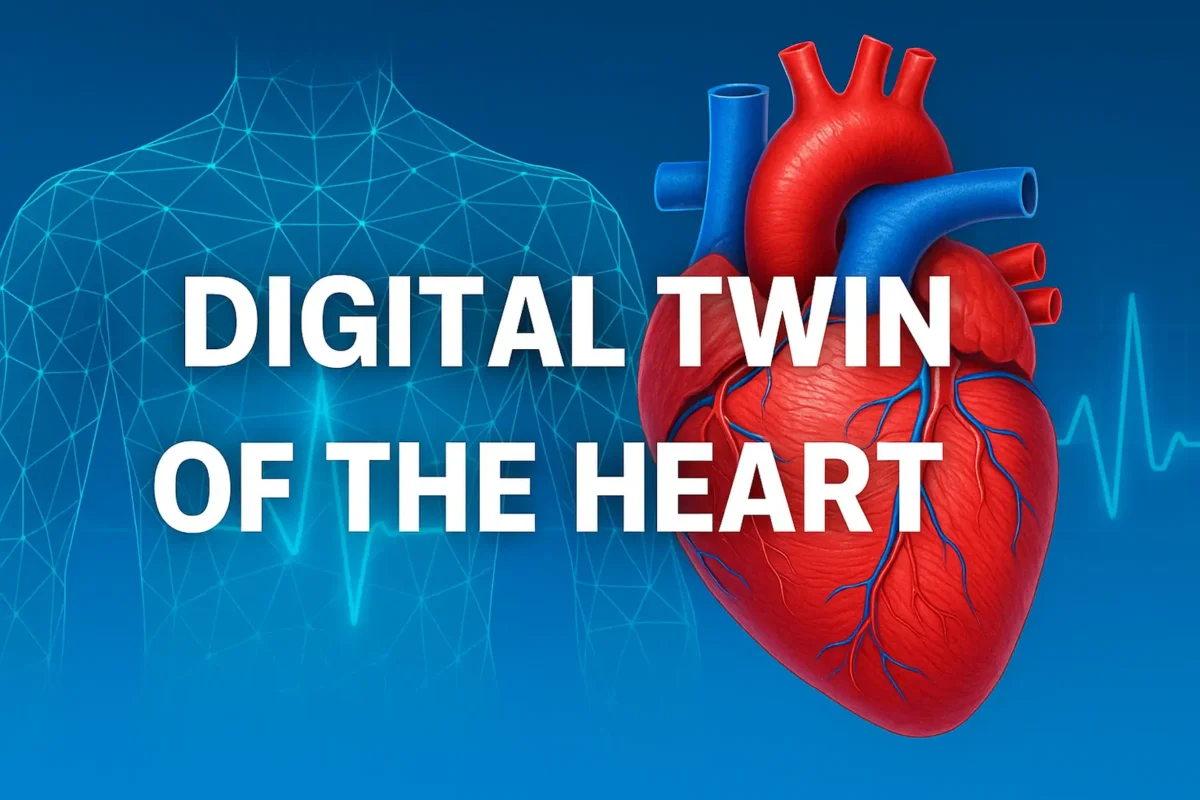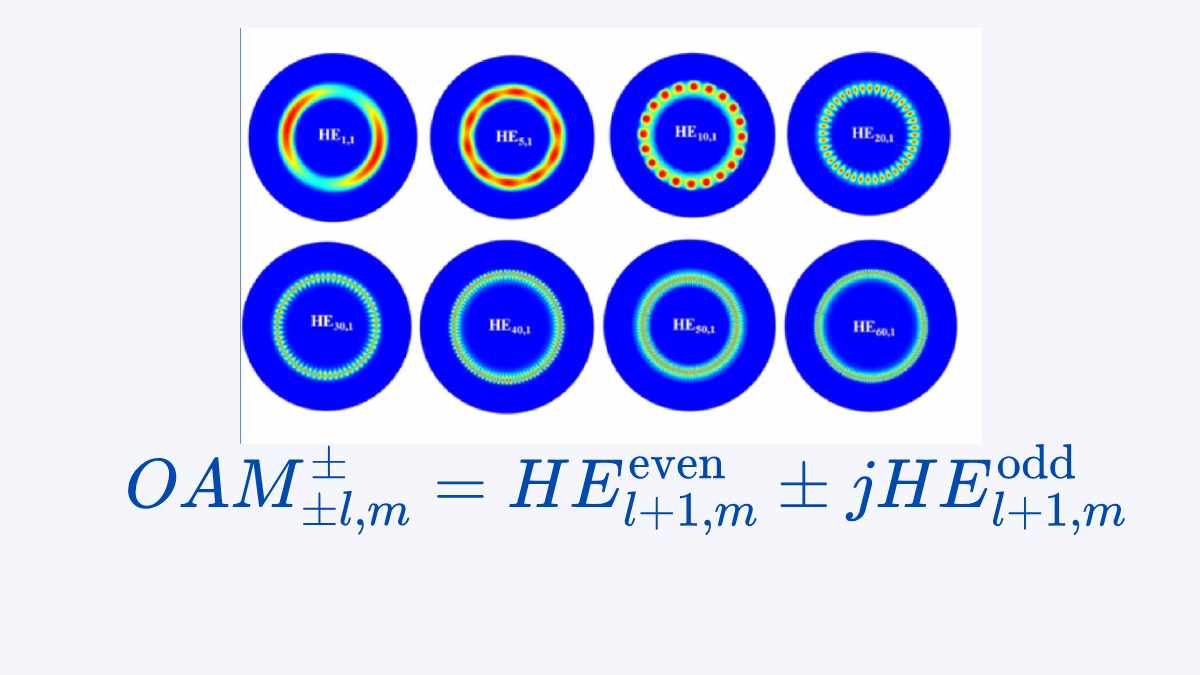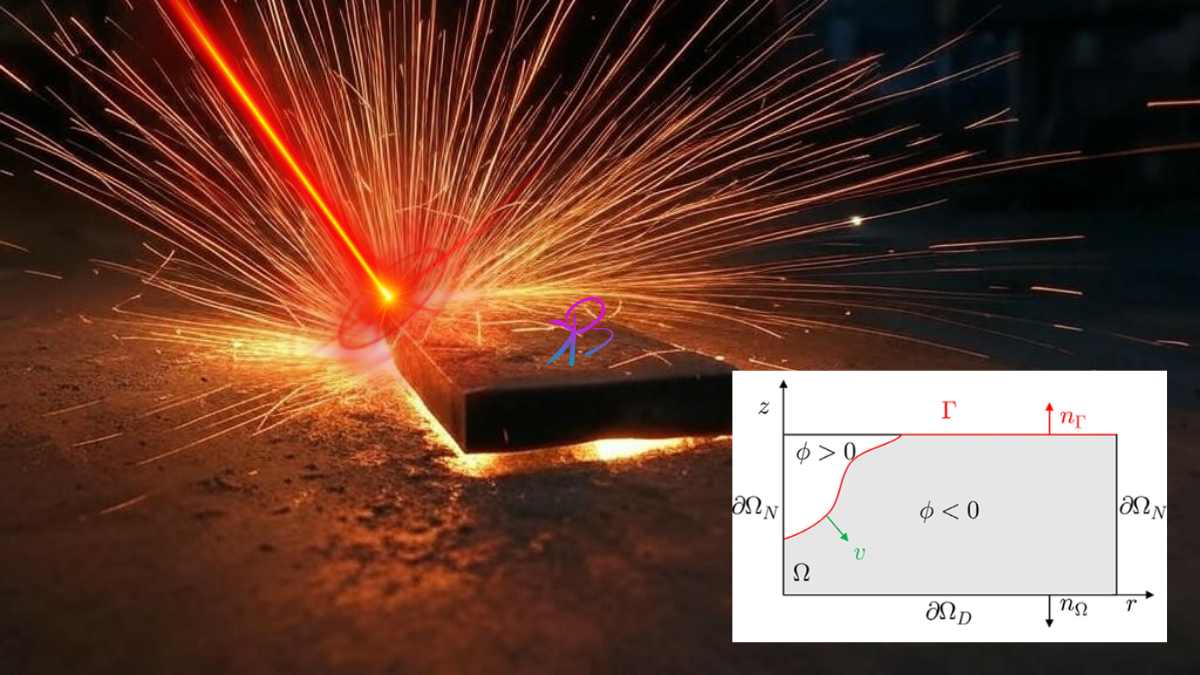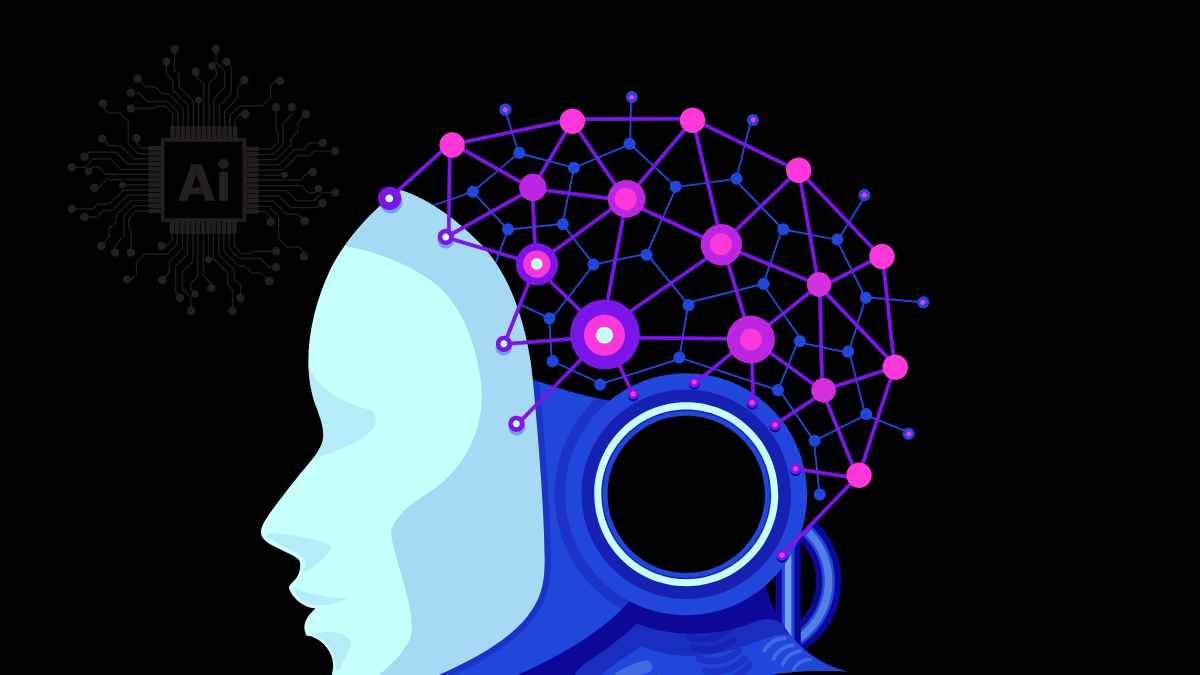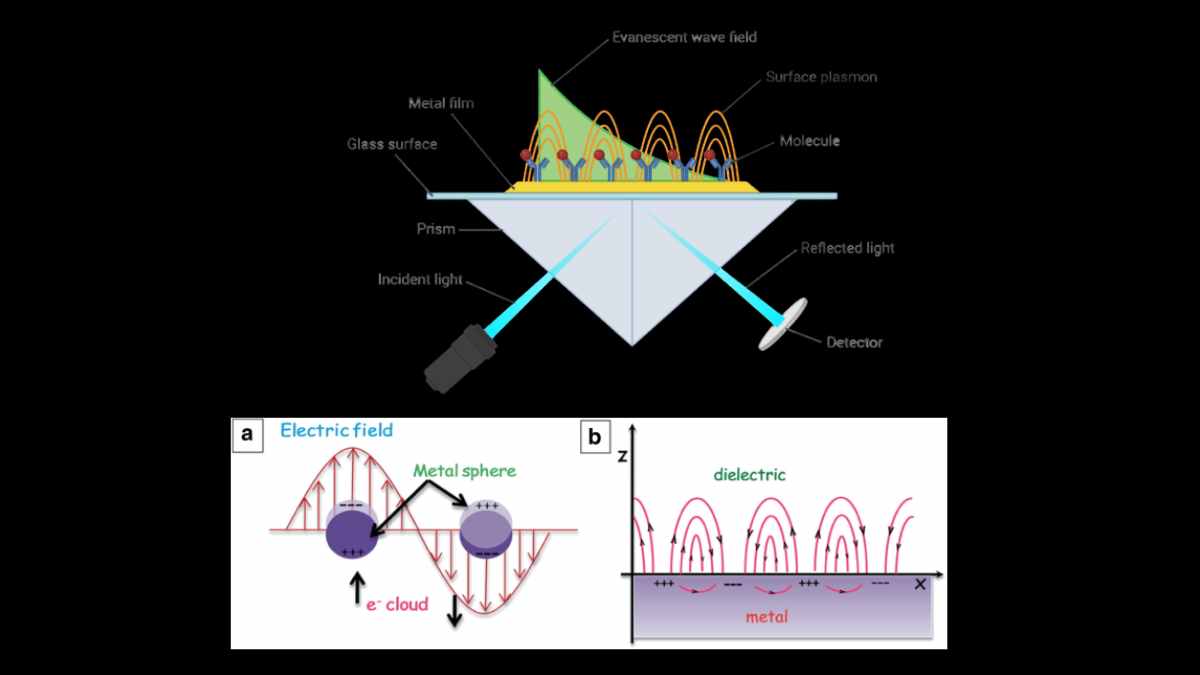Introduction The concept of a “digital twin of the heart” represents a remarkable convergence of computational modeling, artificial intelligence, and cardiovascular medicine. At its core, it is a dynamic, data-driven virtual replica of an individual’s heart, continuously updated in real time with personalized medical data. This technology promises to transform cardiology by offering precise simulations […]
